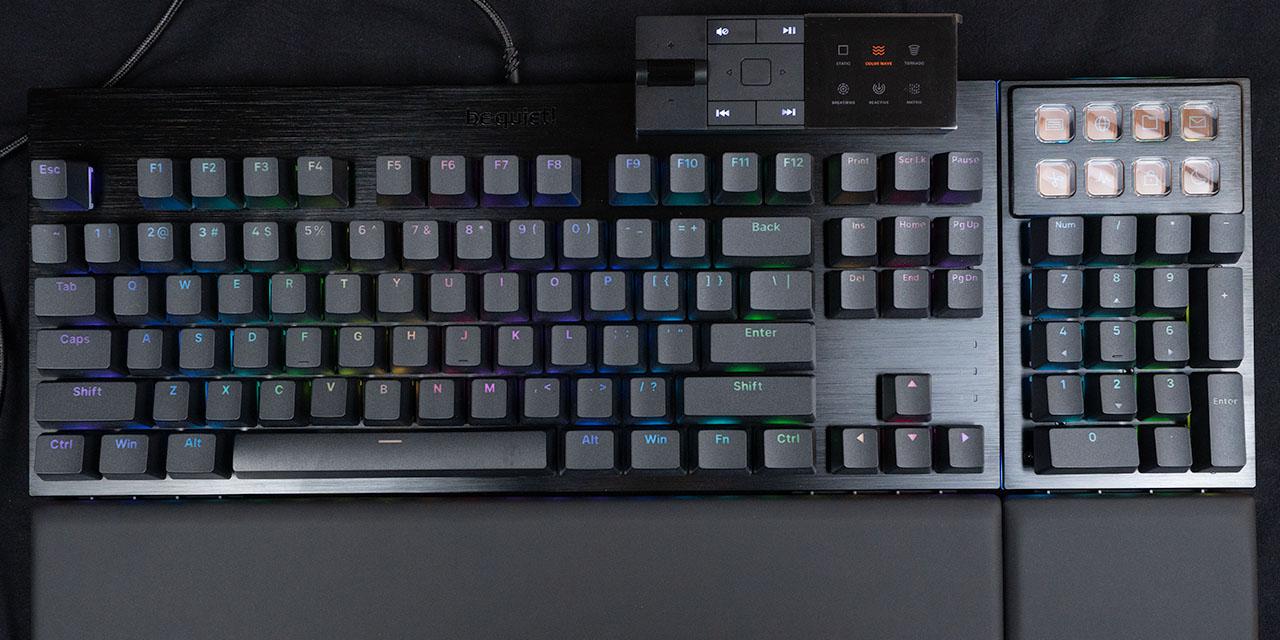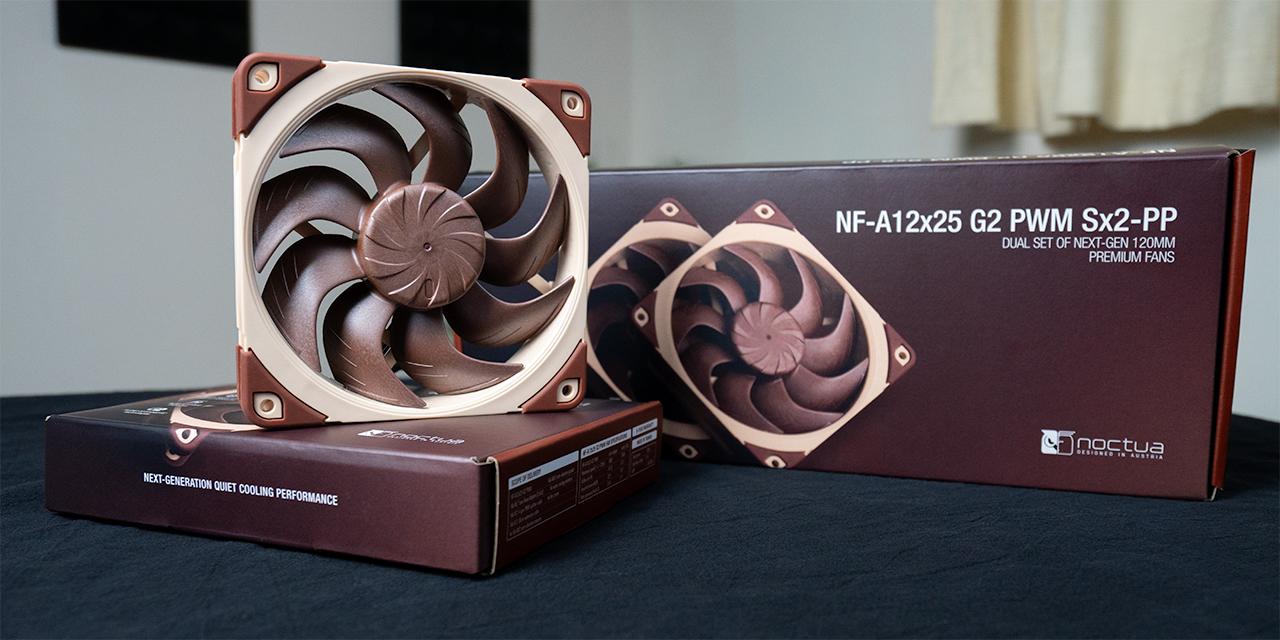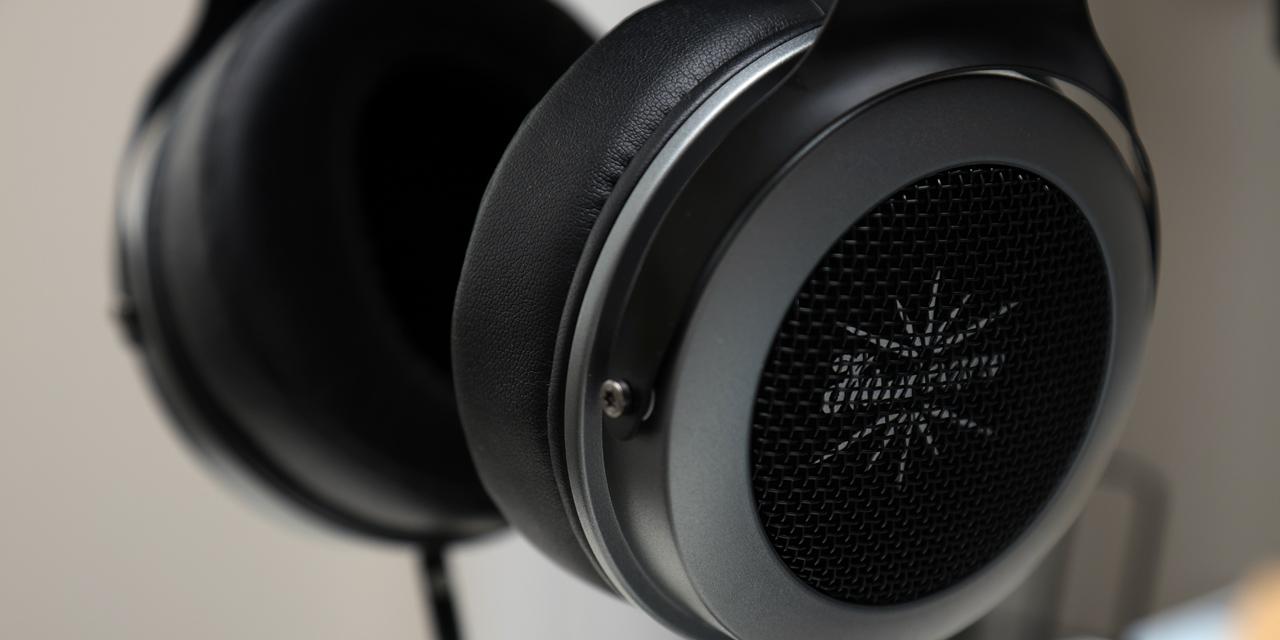Page 3 - Physical Look - Inside

To open the SilverStone SETA H2, you need to first loosen the thumbscrews at the back. Each side panel has a single thumbscrew at the top. Once you do so, you can pull off the panel and it will release from the ball-and-socket joints on the top edge. The two side panels are mirror images of each other, which is understandable given the symmetrical look the SETA H2 has. There is no padding between the panels and the rest of the case, although this is less of a concern given the materials making contact.
With the side panels removed, the SilverStone SETA H2 has an open-concept design with a divided basement to separate the power supply from the rest of the system. The upper area is where majority of your components will sit, including the many drive cages near the front. This case can accommodate motherboards up to SSI-EEB and E-ATX form factors. For those who do not know, SSI-EEB comes from the Server System Infrastructure Forum. They define motherboard sizing for workstation and server applications. Of course, SETA H2 also supports smaller boards if you move the motherboard standoffs. Everything inside is the same black color, which is consistent across the board. The paint on these panels is applied evenly and does not scratch off easily.

Starting at the back corner, the first thing you will notice is the large opening behind the motherboard area. This is useful when installing third-party coolers, as you can change the mounting mechanism while keeping the motherboard installed. There are three openings above the motherboard to route cables here with rubber grommets. However, the SilverStone SETA H2 does not support back connectors, which is becoming common on new motherboards. At the top, there are mounting rails to install cooling options. According to SilverStone, you can mount up to a single 420mm radiator or three 140mm fans here. You will also need to remove some of the drive cages at the front to put any radiator here, but I am still glad to see support for such cooling options. The top panel can also be popped off for better accessibility while installing your system. At the back is another ventilation spot to place a 120mm or 140mm fan, although none is included out of the box.

Down to the bottom, we can see the expansion slot covers. There is a total of eight slots, which is typical for a full-tower case. At the bottom, you can see the division between the power supply and the rest of the chassis. There are ventilation holes on the shroud to allow for air to pass through. You can also see a single drive cage here so you can install a 3.5" or 2.5" storage option here. There are more routing holes on the shroud to pass in cables at the bottom. This is likely where you will direct the case cables and the video card power connector.

The front of the SilverStone SETA H2 is a busy area with many drive cages here. A total of eight sleds, along with another caddy underneath, is in this area. These sleds can install either 3.5" or 2.5" drives. However, keeping these in place will affect how long a graphics card you can also put in the SETA H2 or liquid cooling components. If you remove the drive sleds, you can also mount a pair of 120mm fans on the side.
At the front, there are rails to install up to three 140mm fans or a single 420mm radiator. Due to the frame around the front, you will need to mount the fan and radiator with the fans closer to the exterior of the case rather than the other side. Once again, you will also need to remove these drive sleds for a radiator to be installed here. Out of the box, we do not have any fans included in the SETA H2. The front ventilation frame sits with metal pegs that slot into the case, but can be easily removed from the outside. Next to the storage area is a single metal piece with a thumbscrew attached. This is a video card sag bracket that provides support to your GPU. It is nice to see one of these out of the box, as many manufacturers make you find your own. Finally, there is a row of cable management holes with rubber grommets lining them to hide any cable clutter.

Flipping the case to the back, you can get the other side view of the SilverStone SETA H2. The front I/O cables are black in color, which blends into the rest of the chassis. There is a plastic valley for the cables to reside in, and it works in keeping cables in place. There are four hook and loop straps included to hold the cables. To the right of the cable valley is a pair of drive cage sleds. These sleds are held to the case in different ways. The one behind the motherboard tray swings down to reveal the back of the motherboard tray. It is held in place with a strong magnet, but SilverStone has also included a thumbscrew to secure this sled. This can hold two 2.5" drives. The other one is held with notches and a captive thumbscrew. To remove it, you need to loosen the screw and then slide the sled up and out of the notches. This can hold two 2.5" drives or one 3.5" drive. Otherwise, the gap between the back of the case and the side panel is 37mm, which is more than enough space for cables and drives. There are a few cable anchors around the SETA H2, but some might want a few more.

Finally, there is one more door at the bottom that hides the power supply and the rest of the basement. This door is held on with strong magnets on both sides, ensuring it does not swing open on its own. Once it swings out, you can pull the whole door off. When closed, there is a sizeable gap for cables to route through. In the basement at the front, we have yet another drive cage to hold two more storage options, either 3.5" or 2.5". It is clear the SilverStone SETA H2 is intended to hold a lot of drives, with up to a maximum of twelve 3.5", thirteen 2.5", or a maximum combination of fifteen locations for storage. It is not often we see cases with this sort of capacity, so I am quite pleased. Thumbscrews hold this final cage in place, so you can remove it if you need more space for your power supply. Speaking of which, at the back is a pair of plastic brackets to hold the power supply up off the bottom of the SETA H2. It is lined with some small rubber feet that help with reducing any vibration between the power supply and the rest of the case while also keeping the PSU in place.
Page Index
1. Introduction, Packaging, Specifications
2. Physical Look - Outside
3. Physical Look - Inside
4. Installation and Conclusion





